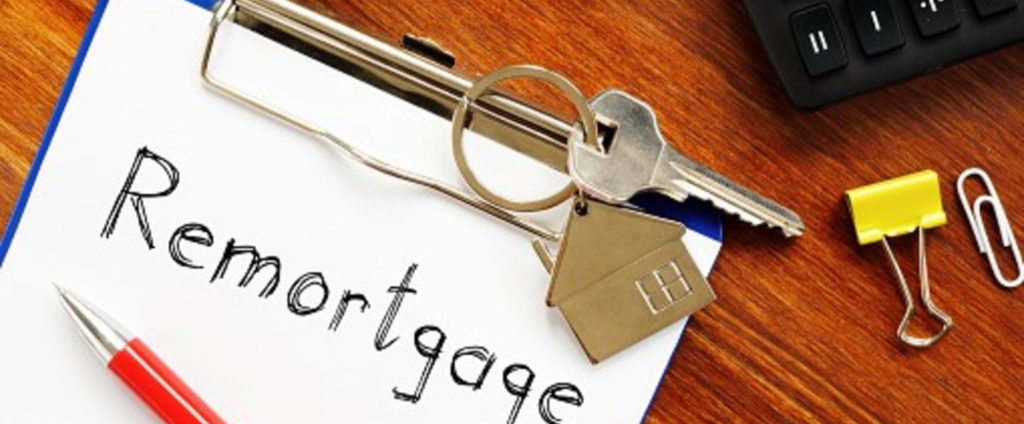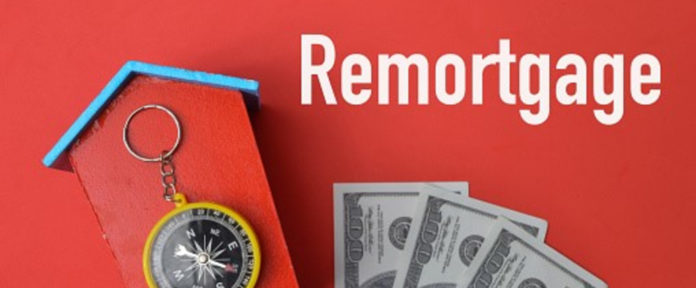Debt consolidation is an effective technique employed to mitigate debt at an early stage before things have gotten totally out of control. Decreasing the number of creditors you owe or reducing your monthly repayments, can simplify the current debt structure and allow people to take control of their financial situation.
Debt consolidation involves obtaining additional credit to pay off multiple debts, which allows the debtor to make only one payment per month. Ideally, the new loan will have a more favorable interest rate than the previous debts.
One of the available methods for consolidating loans, credit cards, and other types of unsecured borrowing is through a remortgage. Although remortgaging offers distinct benefits, as with any financial decision, it needs to be considered carefully. Consulting with professional insolvency practitioners is highly recommended as the experts will take into account the unique circumstances of each individual and recommend whether pursuing a remortgage is indeed the best course of action.
Typically, remortgaging will be a good choice for individuals seeking to consolidate a substantial amount of debt as it enables borrowers to increase their borrowing capacity beyond what a further advance would permit.
Ways To Consolidate Debt With A Remortgage

Usually, when it comes to a remortgage, it can be achieved through two options: a complete remortgage or taking out a second-charge loan for the value of the home equity. A complete remortgage would release equity in the home, providing a cash lump sum that can be used for debt consolidation. Alternatively, a second charge loan is a separate secured loan against the current mortgage equity. It’s worth noting that a second-charge loan is only available with the current mortgage lender, whereas a full remortgage opens up the market, and borrowers can look for better offers with lower interest.
To be considered for a remortgage, the borrower usually has to meet specific requirements. These may vary based on the lender but will often include having enough equity available, meeting the affordability assessment with the additional borrowing taken into account, undergoing another credit check, and providing proof of the debt planned to be consolidated.
A new property evaluation may also be needed, but it will typically come for free with the remortgage agreement. Borrowers should keep in mind that depending on the terms of their current mortgage, there may be an early repayment charge to exit the agreement, as well as remortgage arrangement fees. However, there are instances where fee-free remortgage deals may be available.
How To Get A Remortgage
No matter which method of mortgage consolidation you choose, you must have a certain amount of equity to be able to borrow more. The minimum equity requirement varies among lenders and depends on the amount you wish to borrow. To determine your equity:
Subtract your current mortgage balance from your present property value (which may have changed since the purchase) to determine your owned equity.
Next, you should shop around to see what remortgage deals are available at the moment and if their terms are satisfactory. You may wish to speak with a professional to help you in the process and to explore any alternatives that might be better suited for your specific situation.
Finally, after calculating your equity and exploring available options, you should focus on ironing out the details of your consolidation loan. Consider how much you should borrow, keeping in mind that it doesn’t have to be the maximum amount you can afford. Also, decide whether to adjust the term length or to remortgage for added flexibility, such as the ability to make overpayments and repay your debts and mortgage faster. Finally, weigh the fees and additional interest against the benefits, and consult a broker for assistance with these calculations.
Important Remortgage Aspects
If you choose to consolidate your debts using a secured loan against your property, it’s important to remember that you’re putting your home at risk. If you fail to make your monthly payments, the lender may repossess your home. This makes it one of the riskier methods, leaving you vulnerable to unforeseen financial difficulties such as unexpected unemployment, illnesses, or other unexpected setbacks, particularly for the self-employed.
On the other hand, consolidating your debts through remortgaging will result in a larger mortgage and an extended repayment period. Although an improved interest rate may be available, it will still take longer to own your property outright. Moreover, there may be fees for switching from your current mortgage and seeking professional guidance to determine the best option for you.




































